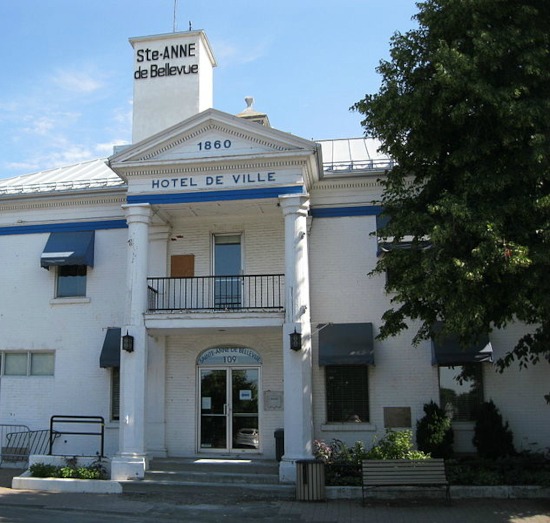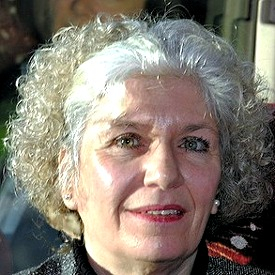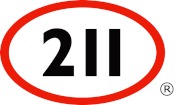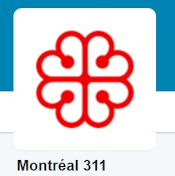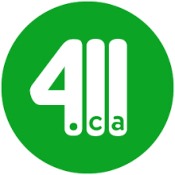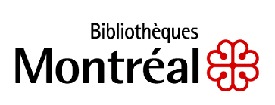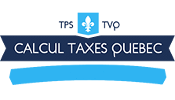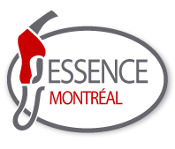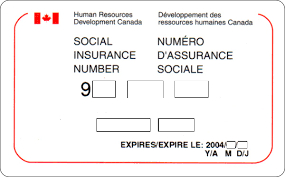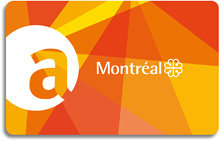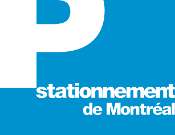City of Sainte-Anne-de-Bellevue
Before the arrival of the Europeans, the City of Sainte-Anne-de-Bellevue was called Tiotenactokte "here are the last obstacles" by the Algonguins and, it was called Skanawetzy (descentes en) "eaux vives" by the Iroquois.
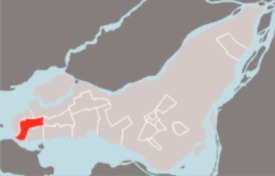 City of Sainte-Anne-de-Bellevue
City of Sainte-Anne-de-Bellevue Since 2005, a white pine tree in Kelso Park represents the cultural program shared by Kahnawake and Sainte-Anne-de-Bellevue and, since 2017, a commemorative plaque now honors the Mohawk Nation.
Gastronomy, shopping and wellness are part the character of the City and so is its very special, very local and very pleasant atmosphere. Agreeable moments in boutiques, in shops and in the famous Marché Sainte-Anne that now hosts over 40 merchants in the Lalonde Park.
City of Sainte-Anne-de-Bellevue Languages
In Sainte-Anne-de-Bellevue, 75% of the local residents can hold a conversation in French and in English. French being the official language in the Province of Quebec and French and English being the two official languages in Canada.
A City where local residents also speak Spanish, Chinese, Italian, Arabic, Polish, German, Greek, Farsi, Romanian and Punjabi. As for the 90 or so Aboriginal Peoples living in Sainte-Anne-de-Bellevue, 33% are members of the First Nations, 22% are Métis and 44% are Inuit.
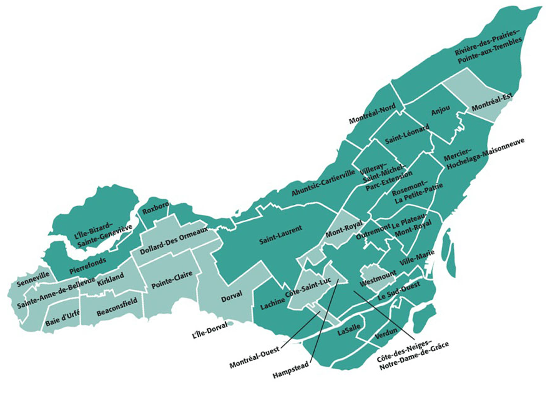 Map of the 15 Cities and 19 Boroughs of the Island of Montreal
Map of the 15 Cities and 19 Boroughs of the Island of MontrealCity of Sainte-Anne-de-Bellevue Dwellings
A City where 54% of the local residents are owners and 46% are tenants and where private dwellings are divided into two categories, 11% condominiums and 89% other dwellings.
Among those other dwellings, detached houses account for 43%, buildings with less than 5 storeys account for 30%, semi-detached houses account for 11%, townhouses account for 8%, duplex houses account for 5% and buildings with more than 5 storeys account for 3%.
City of Sainte-Anne-de-Bellevue Population
In the City of Sainte-Anne-de-Bellevue, the majority of the population is non-immigrant and accounts for 79%, the immigrant population accounts for 15% and the non permanent residents account for 6% (*).
(*) Technically and according to Statistics Canada: "non-permanent residents (NPRs) are persons who have been legally granted the right to live in Canada on a temporary basis under the authority of a temporary resident permit, along with members of their family living with them".
The City of Sainte-Anne-de-Bellevue is surrounded by the Town of Baie-D'Urfé, the Village de Senneville and the Town of Kirkland.
Montreal Kits
City of Sainte-Anne-de-Bellevue
Disclaimer Keep in Touch! Montreal Tourism
Privacy Policy Rachel Louise Barry Sitemap
Montreal Kits © All Rights Reserved 2018-2024
The information provided by Montreal Kits is informational only and has no legal value.







